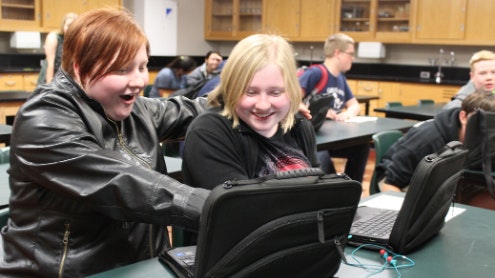Homepage
•
Learning Library
•
Blog
•
4 Learning Science Strategies Proven To Boost Understanding
Expand breadcrumbs
Expand breadcrumbs
- Learning Library
- Blog
- 4 Learning Science Strategies Proven To Boost Understanding
- Homepage
- •
- Learning Library
- •
- Blog
- •
- 4 Learning Science Strategies Proven To Boost Understanding
4 Learning Science Strategies Proven To Boost Understanding
By NarayanKripa Sundararajan
January 24, 2021








